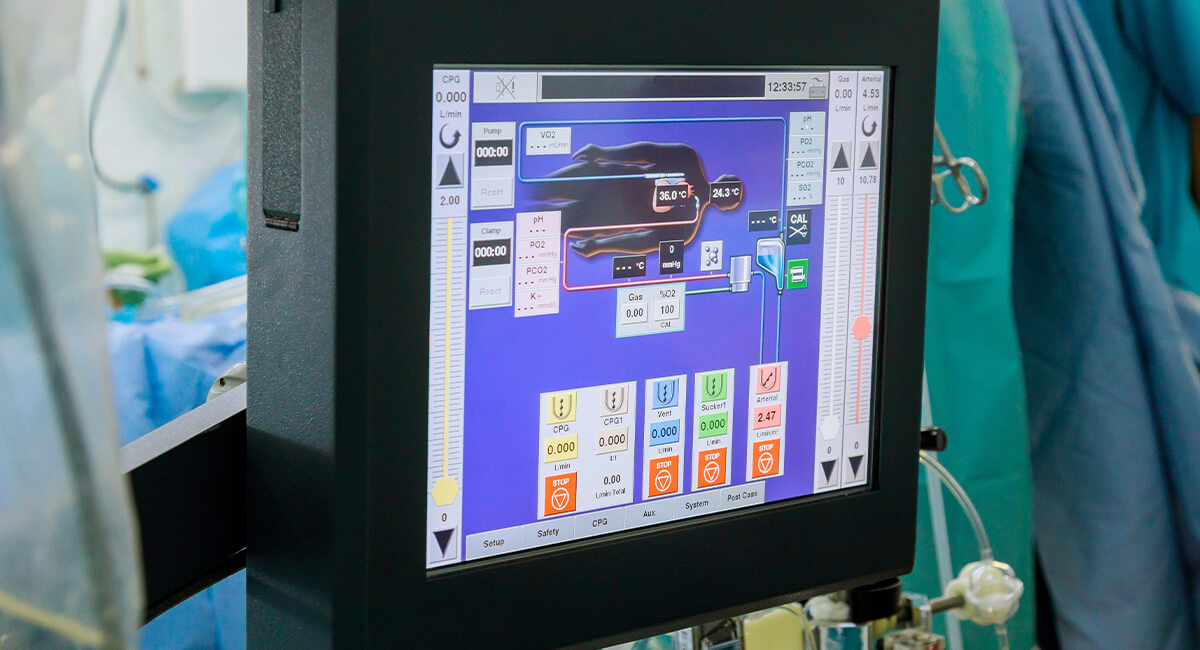Reimagining Organ Preservation: How Machine Perfusion is Redefining Viability of Donor Organs
Article Summary
Machine perfusion is transforming organ transplantation by extending preservation times, enabling real-time viability assessment, and reducing discard rates of donor organs. Unlike static cold storage, this technology keeps organs metabolically active, improving graft function, expanding donor pools, and making transplants safer and more flexible. While challenges like cost, training, and regulatory standards remain, the future promises AI-driven monitoring, organ repair during preservation, and personalised protocols that could redefine transplant medicine.Article Contents
A New Era in Organ Preservation
In transplantation, every minute counts. For decades, static cold storage has been the accepted method for preserving donor organs – a race against time that often left surgeons and recipients with only a narrow window to work. I’ve stood in operating rooms and on tarmacs, feeling the clock ticking while an organ slowly lost viability.
Today, we’re entering a new era where time is no longer the enemy. Machine perfusion – the continuous, controlled circulation of oxygenated solution through an organ – is rewriting the rules of viability, expanding transplant opportunities, and giving patients the gift of a future that once seemed out of reach.
The Old Paradigm: Static Cold Storage
Since the late 1960s, static cold storage has been the cornerstone of organ preservation. The principle is simple: cool the organ to slow its metabolism, place it in preservation fluid, and transport it to the recipient centre as quickly as possible.
This method works, but it has critical limitations:
- Time pressure: Beyond 6-8 hours for livers, viability drops sharply.
- No viability assessment: Teams make transplant decisions without seeing how the organ functions in real time.
- Discard rates: Marginal or “high-risk” organs are often declined because their potential can’t be tested before transplantation.
These constraints have led to lost opportunities – cases where the organ might have worked, but uncertainty made it too risky.

The Shift to Machine Perfusion
Machine perfusion changes the equation entirely. Devices such as the OrganOx Metra and other normothermic and hypothermic systems pump oxygenated, nutrient-rich solution through the organ, maintaining it in a metabolically active state.
Key advantages include:
- Extended preservation times – sometimes doubling or tripling the traditional window.
- Real-time assessment of organ function via perfusion parameters and biochemical markers.
- Reduced discard rates, as marginal organs can be evaluated and rehabilitated before transplant.
I’ve personally seen organs once considered “unusable” return to viability under perfusion, later going on to give recipients years of quality life.
Clinical Impact
Machine perfusion has tangible benefits for patients:
- Improved graft function: Reduced ischemia-reperfusion injury means organs start working faster after transplantation.
- Flexibility in scheduling: Teams can plan surgeries during optimal hours, improving patient safety.
- Greater organ utilisation: More donor organs, including those from DCD (donation after circulatory death) donors, are making it to recipients.
One composite case comes to mind: a liver initially declined by multiple centres was placed on a perfusion device, showing excellent lactate clearance and bile production. Hours later, it was transplanted successfully – a life saved by time and technology.

Logistical & Operational Impact
Perfusion technology affects more than the OR:
- Transport timelines are more forgiving, allowing for long-distance sharing.
- Coordination between donor and recipient hospitals becomes more strategic, with less midnight scrambling.
- Workflow improvements emerge as teams adapt to perfusion protocols, though training and resource allocation remain vital.
Remaining Challenges
Like any innovation, machine perfusion faces hurdles:
- Cost: Equipment and disposables remain expensive.
- Training: Specialised knowledge is required to operate and interpret perfusion data.
- Regulatory pathways: Standards for viability criteria are still evolving.

Future of Machine Perfusion
The future of machine perfusion holds incredible promise:
- AI-assisted perfusion monitoring could standardise viability assessment.
- Organ repair during preservation (such as targeted drug delivery or gene therapy) may transform outcomes.
- Personalised perfusion protocols could tailor parameters to each organ’s unique needs.
If history is any guide, these advances will not only increase transplant success rates but also redefine what’s possible in organ recovery.
Closing Thoughts
Every hour we add to an organ’s viability is another chance for a patient to live. As technology evolves, machine perfusion is proving that preservation is not just about buying time – it’s about creating opportunities.
We’re not just storing organs anymore. We’re giving them a second life before they even reach the recipient. And with it, giving patients and families the hope of a new tomorrow.
Disclaimer. The views and opinions expressed in this article are solely those of the author and do not necessarily reflect the official policy or position of Test Labs Limited. The content provided is for informational purposes only and is not intended to constitute legal or professional advice. Test Labs assumes no responsibility for any errors or omissions in the content of this article, nor for any actions taken in reliance thereon.
Get It Done, With Certainty.
Contact us about your testing requirements, we aim to respond the same day.
Get resources & industry updates direct to your inbox
We’ll email you 1-2 times a week at the maximum and never share your information
